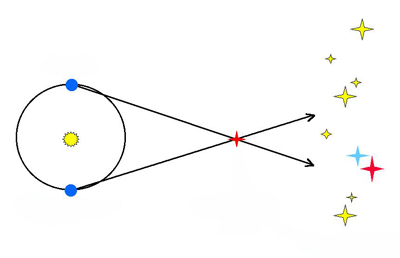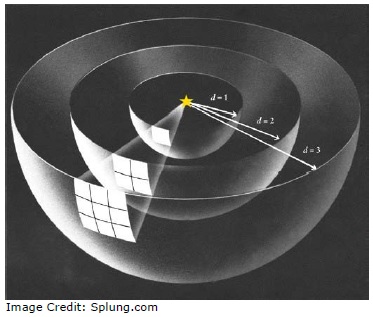



|
Lesson PackagesRulers of the UniverseThis suite of three classroom activities is about distances in the Universe. Designed for grades 6-12, this group of activities provides a foundation for understanding how big and far away objects in the Universe are, as well as how astronomers have figured out these measurements. The three activities can all be done independently, and do not necessarily need to be done in a particular order. However, we recommend the following sequence:1) Size and Scale of the Universe 2) Parallax 3) Inverse Square Law of Light
|
|
|||
 Lesson Packages
Lesson Packages


